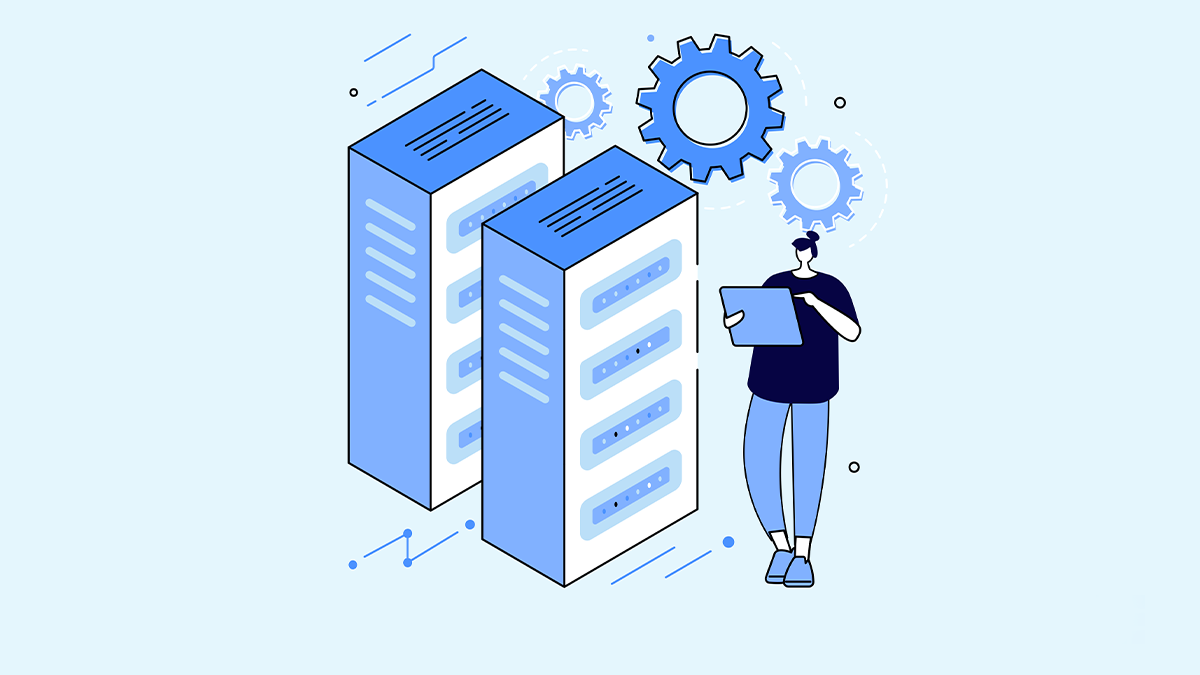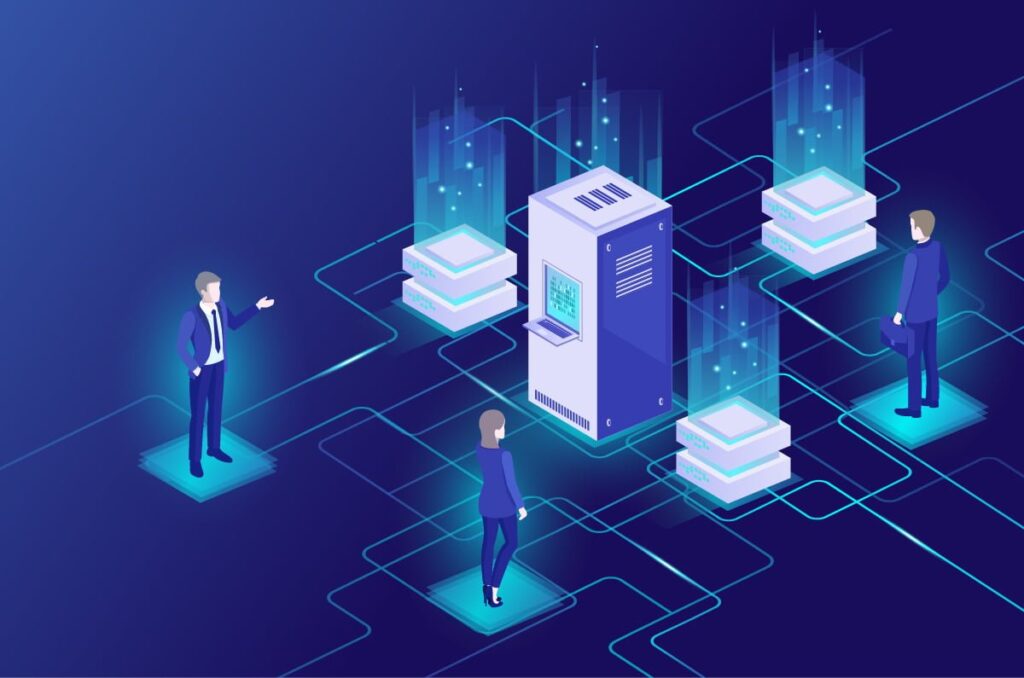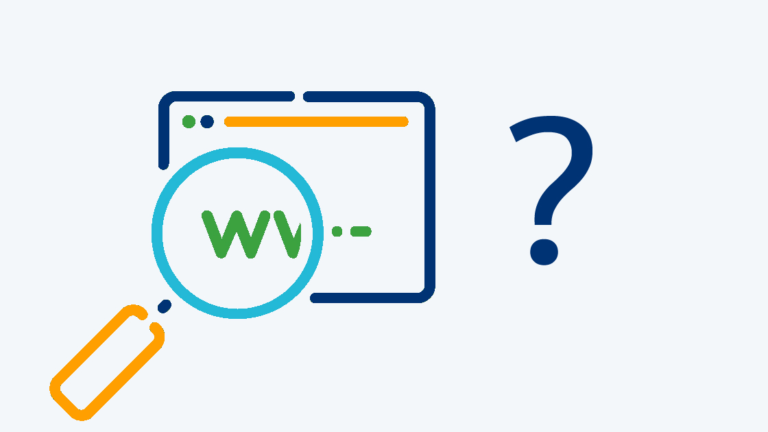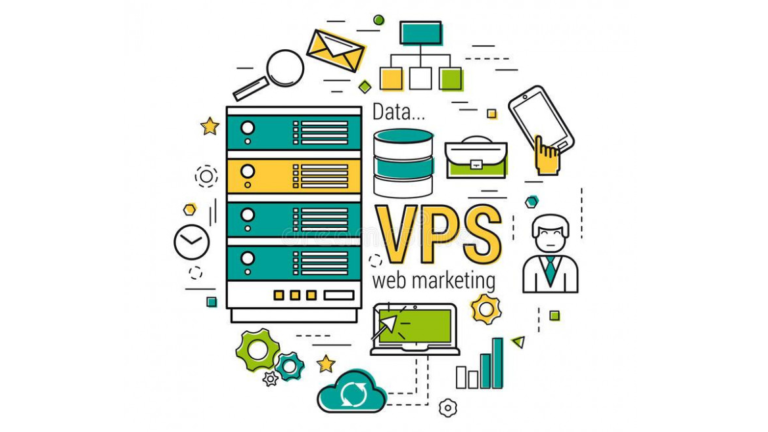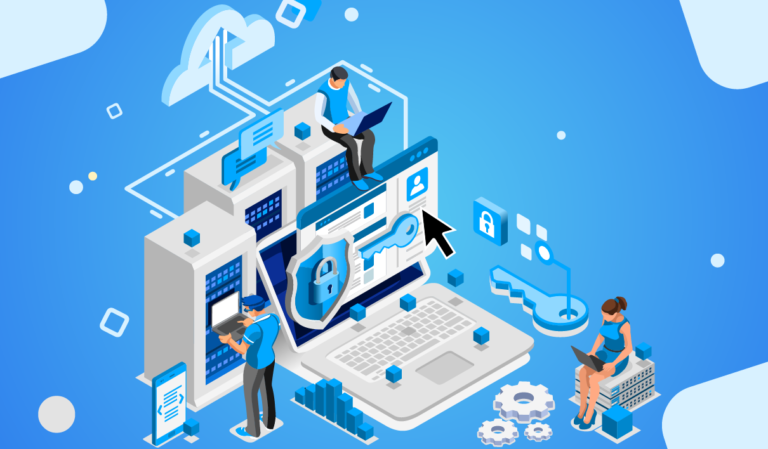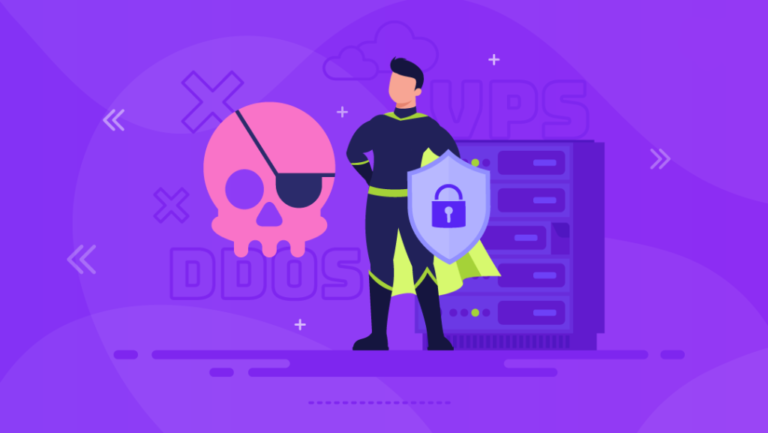How to choose the right dedicated server?
Renting a dedicated server is one of the best ways to ensure fast operation of a large website. With a dedicated server, you don’t have to worry about your hosting neighbors, because the physical server is completely at your disposal. However, the choice of equipment can be quite difficult.
Renting a physical server is more expensive than virtual hosting or VPS/VDS. There’s no point in paying for features you don’t use, but it’s important to choose equipment that can handle the workload.
What to look for when choosing a dedicated server
When choosing a dedicated server, you need to consider the workload of the site and other software that will be placed on it. Here are a few key points to help you choose the right server:
- Performance and equipment. Consider server characteristics such as processor, memory (RAM), type and amount of storage (hard disk or SSD), and bandwidth. Make sure that the server resources meet your requirements and can handle the expected load.
- Scalability. Your needs may grow, so it will be helpful if your hosting provider offers quick expansion options. Flexibility in scaling will help adapt to future growth and fluctuations in traffic.
- Uptime. This is the uptime of the equipment, which determines the availability of the website for visitors. The downtime will negatively affect the availability of your website and the user experience.
- Safety precautions. These include firewalls, protection against DDoS attacks, intrusion detection, regular backups and physical security measures for the data center.
- Support and administration. Pay attention to the level of support and maintenance services of the rented server. They can include server monitoring, maintenance and software updates. Administration will be useful if you lack the experience or resources to manage the server yourself.
- Reputation and reviews. Find out about the company’s reputation by reading reviews from other customers. Look for information on tech support, server performance, and overall tenant satisfaction.
A dedicated server (Dedicated server) is much better than shared hosting and VPS, but its capabilities are not limitless. It is important to consider your specific requirements in order to choose the right equipment.
Technical features of the equipment
Technical features of server equipment vary with specific models and manufacturers. Large companies offer different configurations. We in TutHost have a dedicated server configurator, where you can choose the necessary hardware.
Processor (CPU)
Choosing the right processor plays an important role in determining server performance. Typically, servers use powerful multi-core processors with high clock speeds to ensure efficient operation. Main characteristics of the processor:
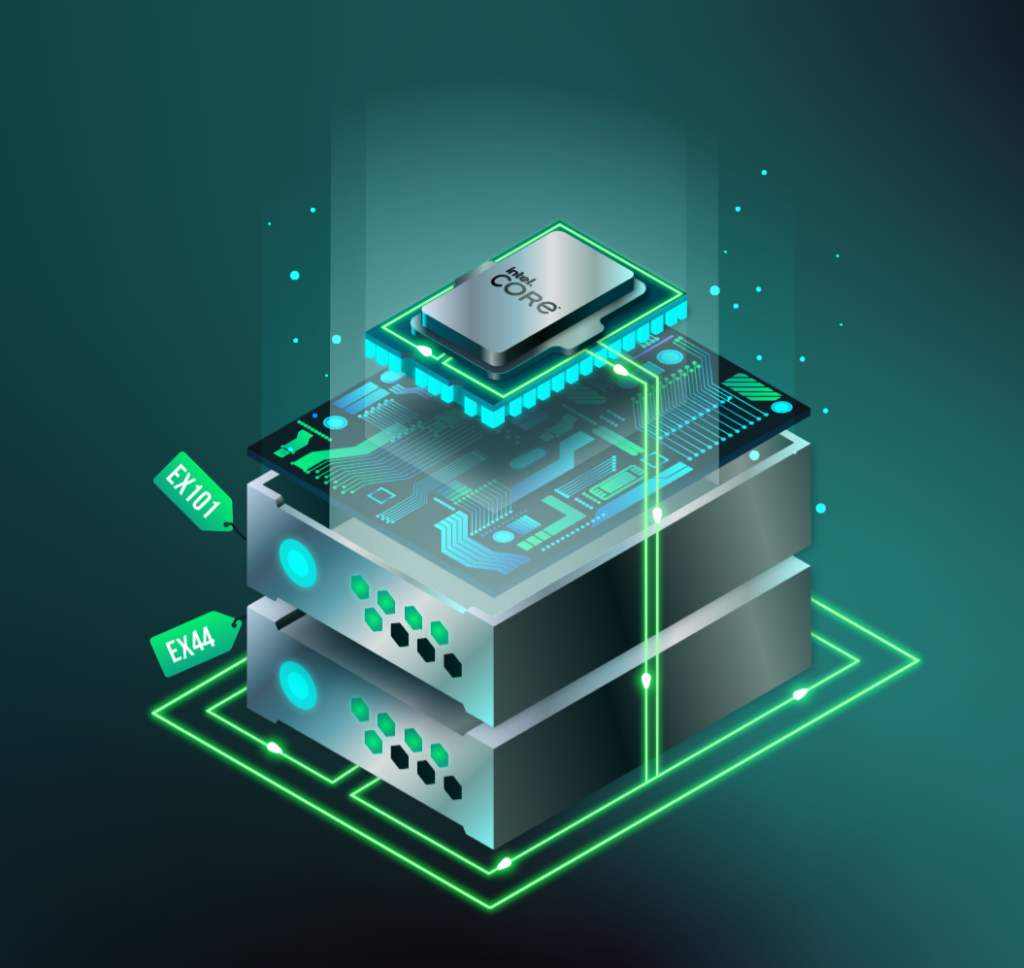
- The clock frequency, measured in gigahertz (GHz), determines how many operations the processor can perform per second. A higher clock frequency usually means faster processing of requests. Clock speed is more important for performance than the number of processor cores. It is better to choose a fast CPU with fewer cores than the other way around.
- Number of cores. Modern processors have multiple cores, which are independent processors in one physical chip. Each core can perform tasks simultaneously, allowing parallel processing in multiple threads. The number of cores is important for Nginx running in multithreading mode, as well as when using Apache with a heavy load on the web server.
- Cache. CPU cache memory is a very fast memory that acts as a buffer between the processor (CPU) and the main memory (RAM). The cache stores the data and instructions that are accessed most often, so that the processor can access them almost instantly. CPUs usually have several levels of cache memory (L1, L2, L3).
Intel Xeon E-series processors are most often used in data centers. These are powerful CPUs that have proven themselves.
RAM (RAM)
Dedicated servers offer varying amounts of RAM. The optimal amount of RAM for your server depends on the workload. If you are not using PHP and MySQL databases, you can get by with a minimum of 4 GB of memory. If an application or website has average traffic and handles an average amount of data, 8-16 GB of RAM will be sufficient. High-loaded applications with voluminous databases may require 32 GB or more RAM for optimal performance.
A large amount of memory will be required for sites with high traffic and auxiliary services.
- MySQL and PostgreSQL use RAM to cache data to reduce the load on disk;
- The ZFS file system requires an impressive amount of RAM to operate, especially if data deduplication is used.
Calculate the amount of RAM needed to run PHP scripts using the formula:
RAM of one process * per planned number of processes.
It is important to consider the operating system and other software that will run on the server. Operating systems and applications have their own recommendations for the amount of RAM required, so leave a reserve for their stable operation. The amount of RAM should also be consistent with other parameters such as processor, disk and network capabilities.
Disk space
The tenant will need disk space for data storage. The more data you have, the larger volume you should choose. However, volume is not the only important parameter.
Disk space is usually in the form of hard disk drives (HDD) or solid-state drives (SSD). HDDs provide more storage capacity at a lower cost, while SSDs have high data read and write speeds. The optimal choice is a combination of 2 drives:
- Bulk static data is stored on the HDD;
- SSD is used for databases and query processing.
Disks can range in size from a few hundred gigabytes (GB) to multi-terabyte (TB) drives. Choose the size of disk space based on your application’s requirements and expected data volume.
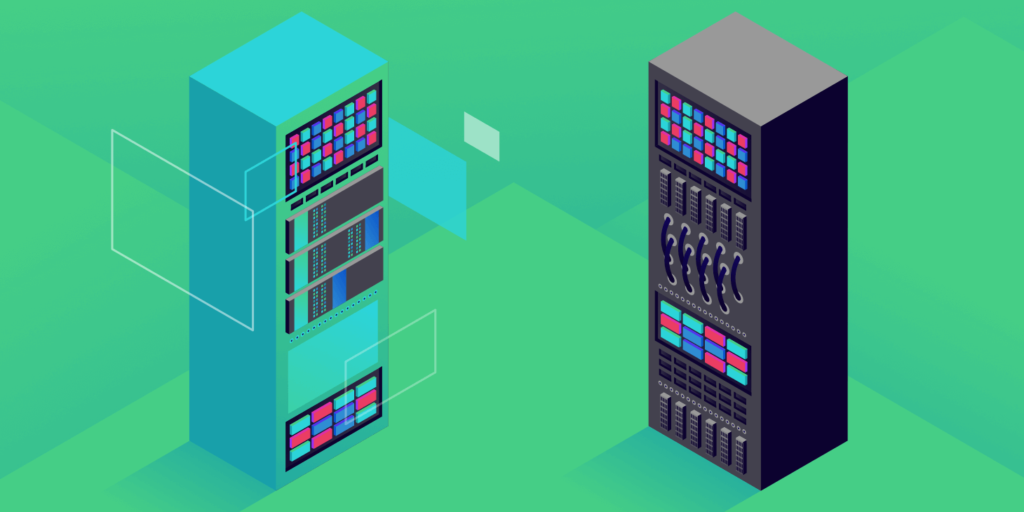
Some servers have the ability to use RAID arrays, which combine multiple physical disks to improve performance and fault tolerance. If one disk fails, a mirror on the other disk will allow you to continue working. Different RAID levels, e.g. RAID 0, RAID 1, RAID 10, offer different combinations of performance. RAID 10 combines 4 disks to provide high speed data exchange.
Consider expanding your disk space in the future. Check if the server can support additional disks or expansion of the current storage.
Channel bandwidth
The bandwidth of a channel indicates how much data can be transferred through that channel per unit of time. The higher the bandwidth, the more data can be transmitted and the higher the transmission speed. The most common are servers with 100 Mb/s, 1 Gb/s and 10 Gb/s channels.
The formula can be used to calculate the required throughput capacity:
Average page size (in MB) * average number of visitors per month * number of page views per visitor
We recommend adding another 50-80% to the obtained result in case of traffic bursts.
Additional features
For comfortable work will be useful additional features offered by the hosting provider:
- 24/7 support to help sort out problems, no matter when they arise;
- The ability to install an admin panel will simplify the management of the server;
- The ability to reinstall the OS, add disk space and RAM will be useful when your business starts to grow;
- Remote access to the server via IP KVM will allow you to reboot the server, configure BIOS, boot from your ISO images and remotely connect disks to your computer.
Sometimes it’s more profitable to buy a server than to rent one. You can do it with us – we offer quality and time-tested Supermicro servers.
Dedicated server localization
The localization of the dedicated server affects its performance. The closer the server is to the users, the faster they can access the hosted resources. Fewer intermediate routing nodes and lower latency reduce response time, although content delivery networks (CDNs) partially solve this problem.
If your target audience is in Ukraine, it is better to rent a local server. For foreign projects, you can choose a server in Europe – TutHost offers many options in different countries.
Data center or reseller?
You can rent a dedicated server from the direct owner (data center) or from an intermediary (reseller). Both options have advantages, depending on the country where the dedicated server is located:
- If you rent a server in Ukraine, it is better to cooperate directly with the data center. The price in this case will be slightly lower, since there is no intermediary markup. Also in the data center there is an opportunity to complete the server with the necessary equipment, to quickly repair damaged parts.
- It is better to cooperate with Ukrainian reseller if you rent a server abroad. Ukrainian company will offer technical support and admin panel in an understandable language, and in the case of force majeure, you can count on assistance.
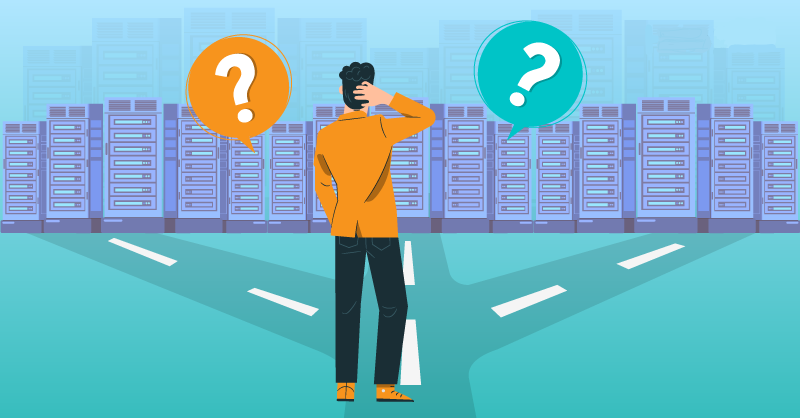
When choosing a dedicated server, there are many details to consider. To summarize, let us highlight the main ones:
- Technical parameters. CPU, RAM and disk size, and bandwidth are key details on which performance depends.
- Scalability. When your project starts to grow, you will need more productivity. If the server is scalable, you won’t have to move to a new one at the first burst of traffic.
- Support and administration. If you have no experience in such activities, it can be delegated to the hosting provider from whom you rent a server.
- Localization. Today you can choose a dedicated server not only in Ukraine but also abroad. When choosing, focus on the location of your audience.
If you have your own server and are looking for a data center to host, we offer colocation in Kiev on favorable terms.

